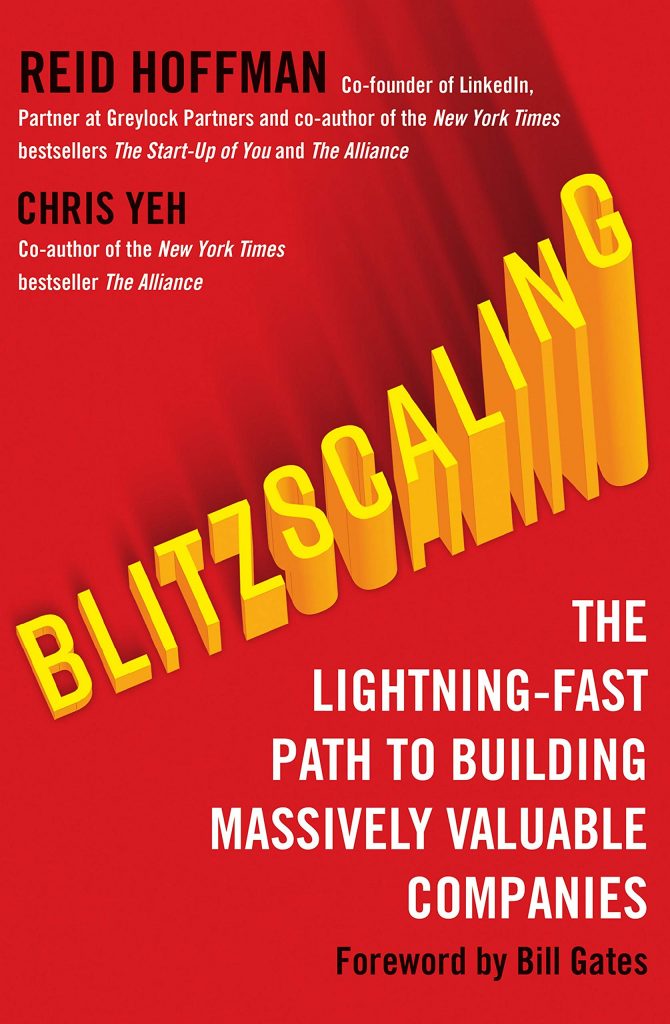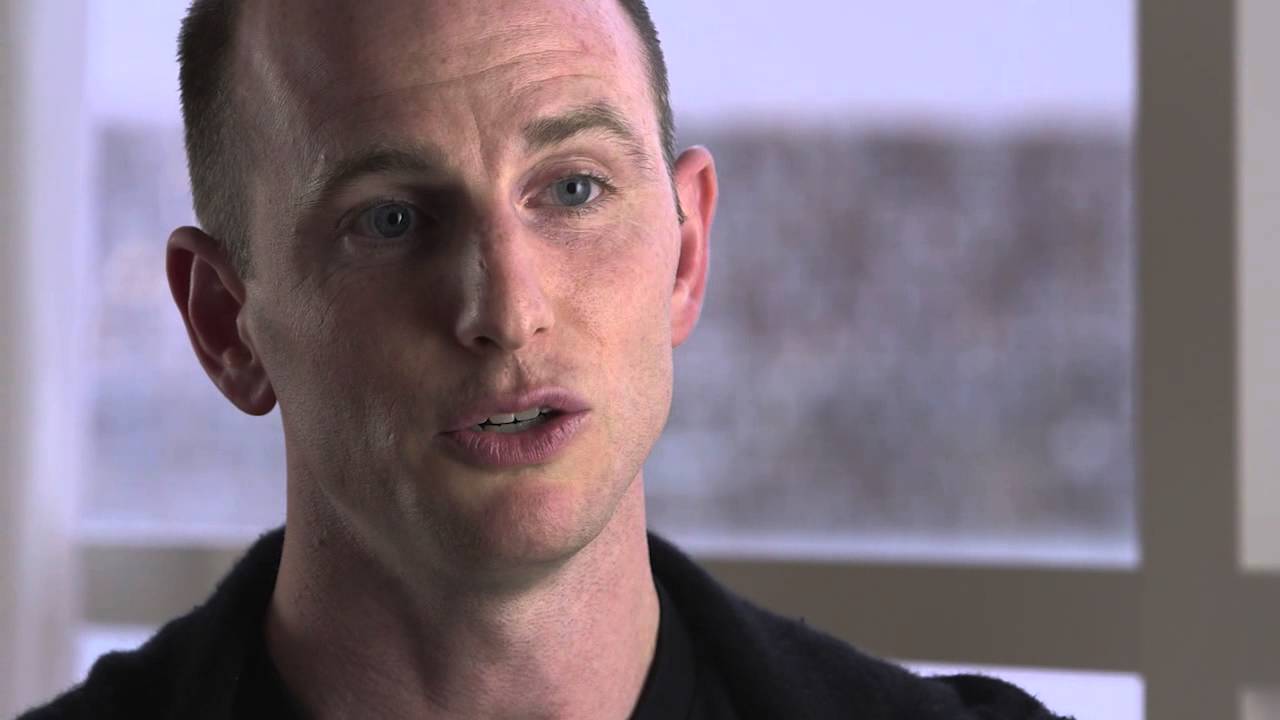Do you want to be successful? Listen to these 9 DON’Ts (2 of 3)
Do you want to be successful? Listen to these 9 DON’Ts!
In part 1 of this article read about the first three DON’Ts:
- Don’t leave things unfinished,
- Don’t allow technology to distract you
- Don’t dismiss other people’s thoughts or opinions.
Let’s get on with part 2.
4. Don’t allow yourself to burn out
Working to achieve your dream doesn’t feel like work. It’s easy for startup founders and new entrepreneurs to end up working long crazy hours into the night.
Building something from the ground up – a new product or service – is exciting and it gets the adrenaline pumping. Man or woman, young or in your forties, your body is flesh and blood, not steel. You cannot go on forever on little to no sleep, fast-food and working around the clock.
When your body gets tired, your mind follows closely. Developing the product, raising money, hiring valuable employees, dealing with the competition, questioning your decisions, fighting your inner critic etc is a highly stressful life day in and day out. Mental fatigue and depression are real and they are unfortunately widely spread among startup founders and entrepreneurs.

In a nutshell – experiencing physical and mental stress is the road to burnout.
In April 2018, KPMG Australia commissioned a study into entrepreneur wellbeing where 70 venture-backed founders were invited to answer questions.
The findings confirm what we already knew:
- Founders experience heavy workloads;
- The 64-hour week is the average among founders;
- 40 per cent of them said they had worked every day for the previous three months;
- 23 per cent could not remember taking three consecutive days off in more than a year;
- 80 per cent of founders wished they could spend more time with their friends or children;
- two-thirds were kept from spending as much time as they’d like with their partner or spouse;
- Most reported their work impacted their sleep and physical wellbeing;
- 43 per cent of founders were unhappy with their fitness level.
Ryan Holmes is the CEO of Hootsuite, the social media management platform he founded in 2008. In one of his articles on LinkedIn, Ryan talks about how he achieved work-life balance and avoided burnout. He recommends career interval training, a concept he borrowed from the fitness industry.
HIIT is a new concept of exercising which means alternating periods of intense activity with periods of rest or lower-intensity exercise.
Finding a balance is great but sometimes it just can’t be helped when you are trying to make a product work. It’s ok to put everything on hold, let your family know you won’t be available for a period of time and dedicate your days and nights to your work, says Ryan. But this can’t go on forever.
Much like HIIT (high-intensity interval training), career interval training means bursts of activity need to be offset by periods of rest and recovery.
As with interval training, intense, all-consuming stretches at work require real downtime to recover. And this is the step that’s too often missed. We go right from those all-nighters back into our normal work schedule. What’s really needed is an extended period away from the job — be that in the form of a few weeks vacation or even a longer sabbatical.
Ryan Holmes, CEO at Hootsuite
Balancing work life and home life can be tough, but getting drowned by your workload won’t help you achieve much of anything. Burnout impacts your company’s bottom line. Find a balance.
5. Never stop learning
You went to high-school than attended college or university. Maybe you liked learning and had high grades, maybe you found school boring and couldn’t wait to finish your formal education. The good news is – learning never stops.
Whether you are a new entrepreneur just starting out, keep learning. Even if you are an experienced entrepreneur, keep learning.

In the last decade, our world experienced more technological leaps than in the previous century. Our lives have dramatically changed in ten years’ time.
It’s a fact: technology is accelerating, says inventor and futurist Ray Kurzweil. In his book, ‘The Singularity is Near’, Kurzweil reminds us that smartphones didn’t exist a decade ago, no one owned a computer three decades earlier, and the first personal computers arrived about 40 years ago.
To put things in perspective, the iPhone in your pocket has over 100,000 times the processing power of the computer that landed man on the moon 50 years ago.
Formal education cannot keep up with our ever-changing and evolving world. It is a necessary foundation upon which to build our future. In school, we develop a vital skill – we learn how to learn and that we need to keep learning.
As a young boy, Elon Musk took refuge in reading. Talking about his childhood in one interview, Elon said he was raised by books – he would spend even 10 hours a day reading.
Bill Gates reads 50 books a year because reading is still the “main way that I both learn new things and test my understanding”, he said in a 2016 interview.
Whether it’s to develop a particular skill or acquire a new set of skills, keep learning. Go outside your interests and learn something new.
You might be surprised to find new ways that help you improve your performance or stimulate your creativity. Not so long ago, mindfulness and meditation were strictly associated with spiritual gurus. Today both mindfulness and meditation are two valuable techniques that support entrepreneurs achieve their goals.
6. Don’t listen to your inner critic
Do you ever think I’m not good enough, I won’t be able to perform, I will fail, I am a failure? This is your self-talk speaking negative thoughts.
Why is it that when we talk about a friend we find so many good and positive aspects, but when it comes to our own person, we are critical and judgemental?
The inner critic is a pattern of destructive thoughts toward ourselves. It can affect every aspect of our lives, including our self-esteem and confidence, our personal and intimate relationships, and our performance and accomplishments at school and work.

Read more – Self-awareness: 5 tactics to improve it
We all have that inner critical voice, but we need to acknowledge it through self-awareness and learn how to silence it.
Entrepreneurs, startup founders and professionals in every industry struggle with self-doubt and fear. These strong emotions are holding them back from being their best self and doing their best work.
Don’t allow your inner critic to dominate your life!
Bring down the imaginary walls that you have created in your mind and achieve your highest potential!
In her book, Banish your inner critic, author and Brand Minds 2019 speaker Denise Jacobs shows you how to transform your self-talk into a tool for success, identify and quiet your voice of self-doubt and generate more creative ideas than ever before.
This article will be continued with part 3.
Join the Conversation
We’d love to hear what you have to say.
Get in touch with us on our LinkedIn Group, Facebook Group or Twitter.
6 Rules To Achieve Blitzscaling by Reid Hoffman, co-founder of LinkedIn
There’s a new buzzword that has been getting the attention of startup founders and entrepreneurs in the past year.
You might have heard it: blitzscaling.
As startup founders, looking for ideas to help your organization scale is in the top 3 questions you ask yourself the moment you wake up in the morning.
But what is blitzscaling?
According to LinkedIn co-founder Reid Hoffman who wrote ‘Blitzscaling: The Lightning-Fast Path to Building Massively Valuable Companies’, blitzscaling is setting up aggressive growth goals and achieving them.

To achieve ‘blitzscaling,’ you have to go against common sense.
Reid Hoffmann
The book has a foreword by Bill Gates.
Here’s what he says:
What entrepreneur or founder doesn’t aspire to build the next Amazon, Facebook, or Airbnb? Yet those who actually manage to do so are exceedingly rare. So what separates the startups that get disrupted and disappear from the ones who grow to become global giants?
The secret is blitzscaling: a set of techniques for scaling up at a dizzying pace that blows competitors out of the water. The objective of Blitzscaling is not to go from zero to one, but from one to one billion –as quickly as possible.

Reid Hoffman (image credits: Reid Hoffman Twitter)
6 rules to achieve blitzscaling by Reid Hofmann:
1. Embrace chaos
Throw order and stability out the window! Annual plans and clear business directions to follow? Ha! There’s no such thing when blitzscaling! You need to sacrifice efficiency for speed and stability for chaos.
But don’t give in to chaos, embrace it.
What’s the difference?
Embracing chaos means taking steps to manage uncertainty, not allowing it to paralyze your business.
Also, it’s not about charging ahead without preparation but rather making smart decisions based on your estimate of the probabilities.
2. Hire Ms Right Now, not Ms Right
A startup’s usual approach to scale is hiring an executive who could scale.
If you want to get your startup to the next growth stage, that’s not the right thing to do.
What you need to do is hire managers and executive who are prepared to handle the current phase of growth.
Size does matter: there’s one thing managing 1000 people and another to run a 10-person company. Each situation requires a different set of skills.
3. Tolerate “bad” management
While traditional business managers strive for stability and achieving smooth operations, blitzscaling startup founders strive for agility.
There is no time for career development conversations with your employees. There is no employee analysis to form teams. All you have time for is pick them and tell them they belong to a new team.
There are many challenges you need to overcome sometimes on a daily basis. Your employees have an overview of their roles but more often than not they will have to adjust to the series of cascading changes and undertake tasks which are not featured in their roles. Reid calls them “Oh s**t!” moments. There will be many of those and your management needs to stay agile to keep the organization afloat.
4. Launch your product even if it’s not perfect
If you are not embarrassed by the first version of your product, you’ve launched too late.
Reid Hoffman
Yes, you want your product to be perfect before launching it on the market. That’s a common mistake investors often see.
It’s also the main regret of startup founders – waiting too long before launching.
Your product doesn’t have to have a beautiful design or work perfectly on all operating systems or displays.
Give the product to your first users and work together to improve it. Seeing how users use your product in real life is the best feedback you will ever need to make your product the best on the market.
It’s better to get your product through iterations with the support of your first users than taking too long to launch a product.
‘Any product that you’ve carefully refined based on your instincts rather than real user reactions and data is likely to miss the mark and will require significant iteration anyway’, says Reid.
Not to mention the iterations made late in the product development process will be much more expensive.
The solution is to define a list of features that you think are the minimum required to enter the market. The result is called an MVP or a minimum viable product.
As investor Guy Kawasaki says in his speech The Art of Innovation about launching early: Don’t worry, be crappy!
5. Choose which fires are less important and let them burn
Every stage of blitzscaling includes problems to solve, situations to address, all sorts of crises, in short – fires.
You wish you could put them all out but the truth is you neither have the time nor the resources to do that.
That’s why you need to exercise the ability to prioritize. Identify which fires are the most dangerous to your organization and put them out first and delay putting out the rest.
6. Do things that don’t scale
In his 2003 essay, Paul Graham, co-founder of Y Combinator advises entrepreneurs to do things that don’t scale.
Here are a few examples that Paul gives in his essay:
- recruiting users manually,
- going out and engaging in person with users,
- thinking of new ways to delight your users,
- consulting which means pick a single user and act as if you were consultant building something just for that one user.
Joe Gebbia, co-founder of Airbnb says the methodology in Silicon Valley is that you have to solve problems in a scalable way. ‘That one line of code has to meet the needs of tens of thousands of people’.
But that’s not always the best solution to a problem.
Sometimes the best way to solve a problem is to do things that don’t scale like meeting with your users in real life and spending a few moments in their shoes.
That’s what the Airbnb co-founders have done at one point in the early phase of their product: they met with their users in-person.
Aside from getting valuable insight into user experience, the meetings resulted in a surprising change in users’ behaviour.
They started using the word love in the same sentence as Airbnb and they became brand ambassadors talking about the platform with their family and friends.
Here are other examples via Do Things That Don’t Scale:
DoorDash co-founders used to deliver hummus themselves and get direct feedback from their customers. DoorDash is now worth $12.6 Billion after new $600 million investment.
Slack founders begged their friends at other companies to try their messaging platform and give them feedback. Slack is now worth more than $20 billion. Learn how Slack grew to 8 million subscribers in 5 years.
Tinder reached 15000 early users by going on a road trip to college sororities and fraternities. The famous dating app is now valued at $10 billion.
Conclusion
What is blitzscaling?
Blitzscaling is going against traditional management rules like efficiency and risk minimization.
If you are looking to achieve blitzscaling, you are going to follow a new set of rules. These rules are counterintuitive and you didn’t learn them in business schools.
Blitzscalers are startup founders that do what it needs to be done (but it’s not illegal or unethical) to get their organization and their product flying.
Are you a blitzscaler?
Join the Conversation
We’d love to hear what you have to say.
Get in touch with us on Facebook Group and Twitter.
